It is amazing how quickly the differences hit us. Crossing borders is so interesting because it’s as though a line has been drawn in the soil and boom- it’s time to adjust. First, the mountains were instantly higher and steeper in the near distance looming in front of us. We were able to maneuver the immigration procedures and automobile registration requirements in the tight and confusing passageway lined with more vendor stalls, people and dogs than space for our large vehicle to pass. Then of course there was the currency difference. We had become accustomed to the purchasing power of Mexican pesos and now we needed to switch the mathematical calculator in our brains to the Guatemalan quetzal. Had the roaming money changer been fair with us for that peso to quetzal exchange we made while our tires were being chemically sprayed with who knows what? All in all we passed through in less than an hour thanks to our pre-dawn start but then it hit us-massive amounts of garbage lining the roadways. Unfortunately this repetitive negative imprint in our consciousness endures like a bad odor and it has been difficult to shake while absorbing all that is fascinating in Guatemala.
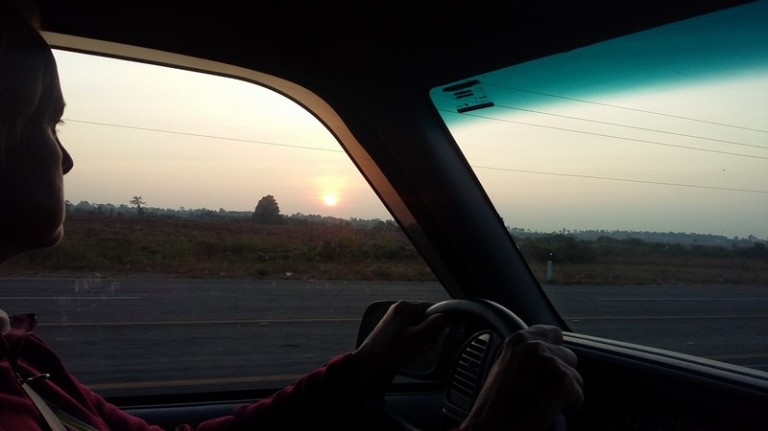
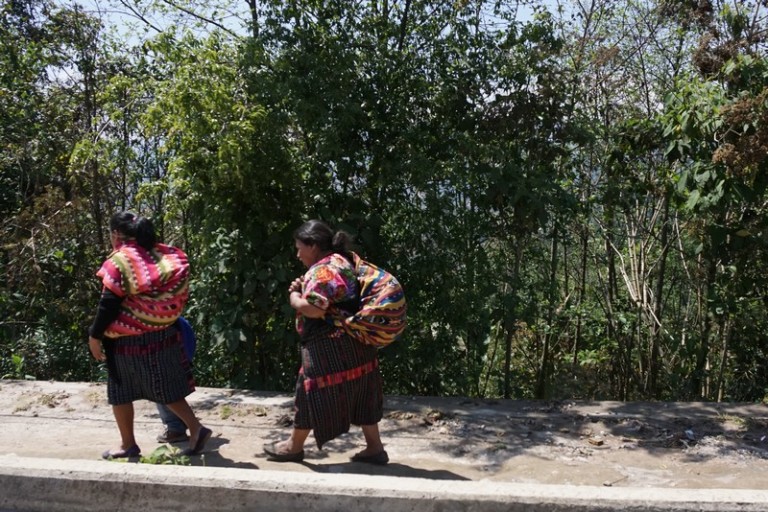
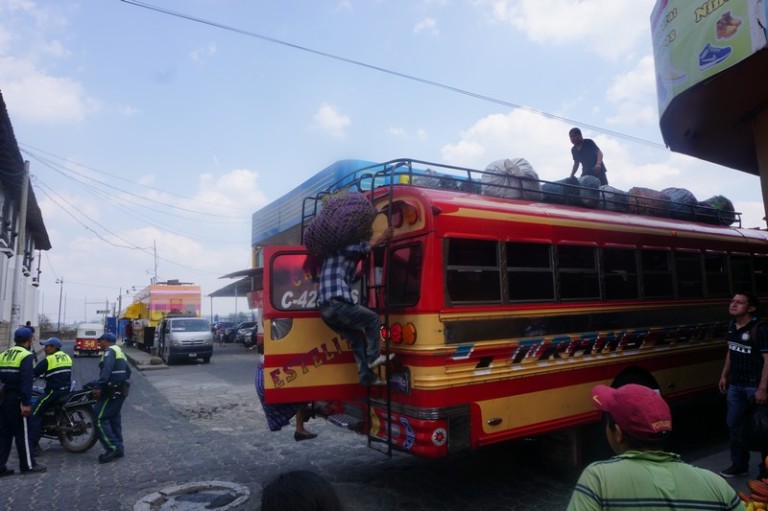
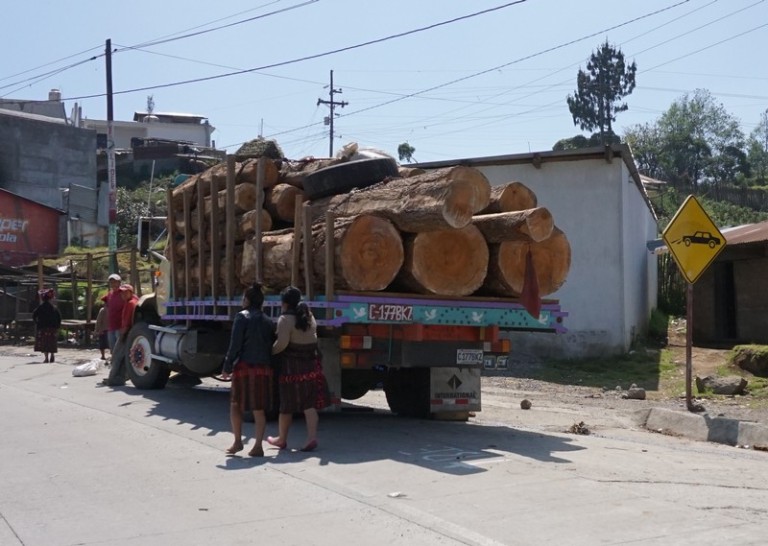
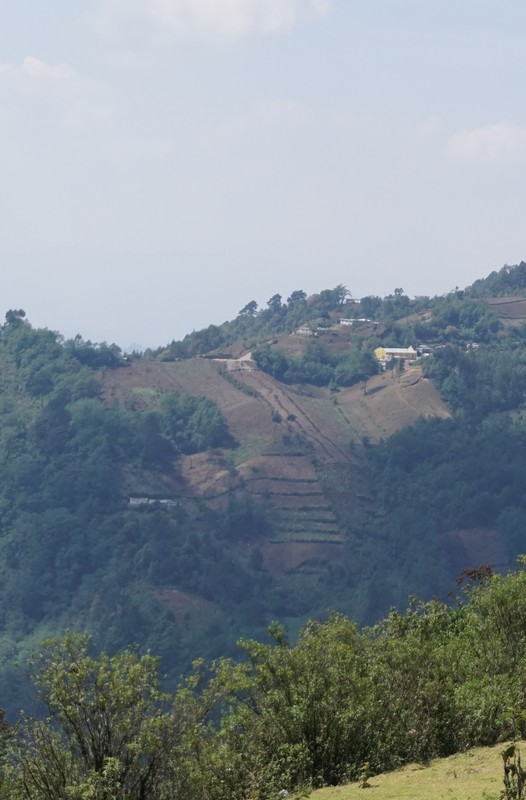
Quetzaltenango- which the locals kindly shorten to Xela (shell-ah) is a western highland city of 167,000 at 7,600 ft. Some foreigners come to study Spanish and stay on to get involved with volunteer projects. The architecture is noticeably different than other Spanish colonial towns we’ve visited due to the Guatemalan ‘layering’ effect. Once the Spanish moved out, the Germans moved in and their architecture gives the city center zone a somber and rather heavy feel.
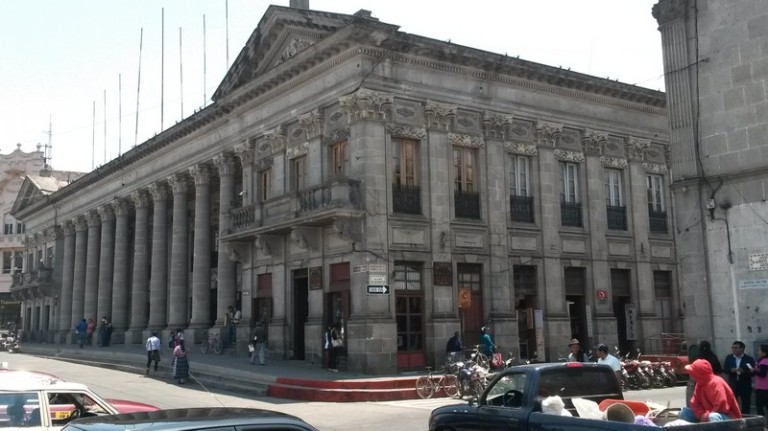
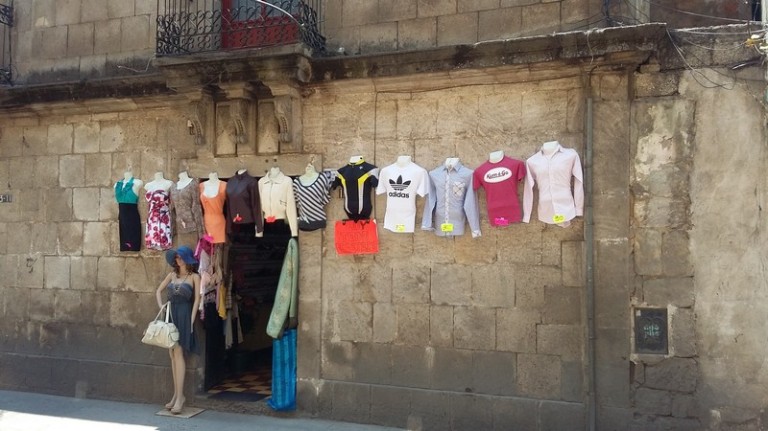
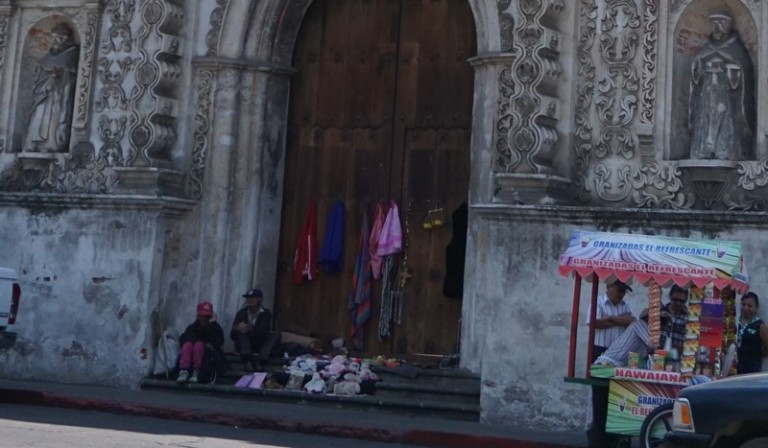
Chichicastenango- called Chichi is a highland town of 73,000 at 7,100 ft. surrounded by valleys and mountains which attracts crowds to the famous market on Thursdays and Sundays. Driving into steep cobblestone lanes with the mass of vendors was extremely intimidating but thankfully our soon to be guide, Oscar saved our hides as he approached our vehicle, jumped onto the sideboard and directed us to a potential parking spot. This crazy first choice for parking was not to be as we inched in unable to make the severe turn needed to obtain a spot due to the refusal of the pickup owner in front of us to move his vehicle back a few feet. This was just as well since I seriously questioned our ability to maneuver our eventual exit among the pigs screeching as they were thrown into pickups squeezed next to a food vendor anyway.
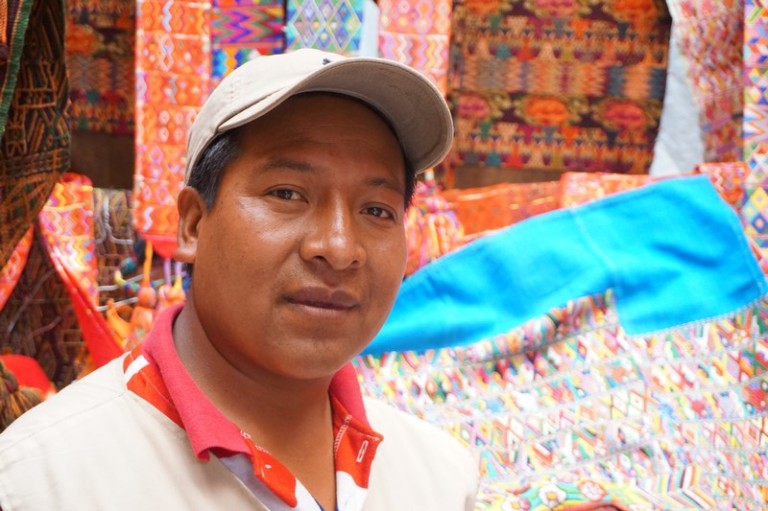
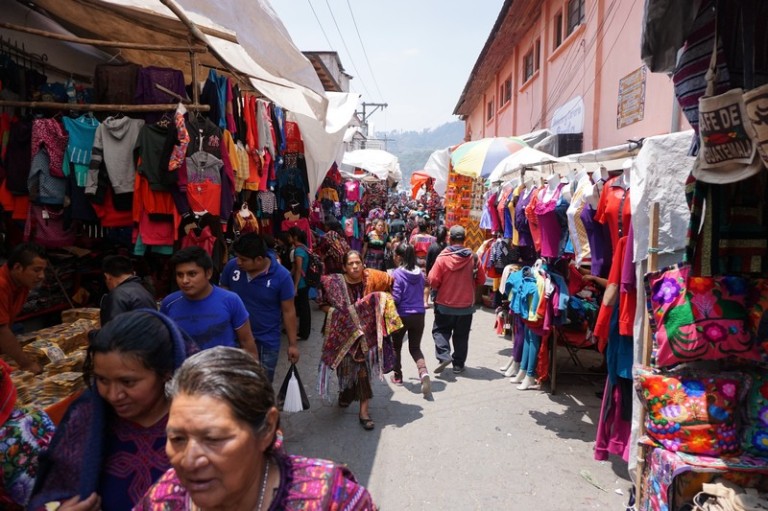
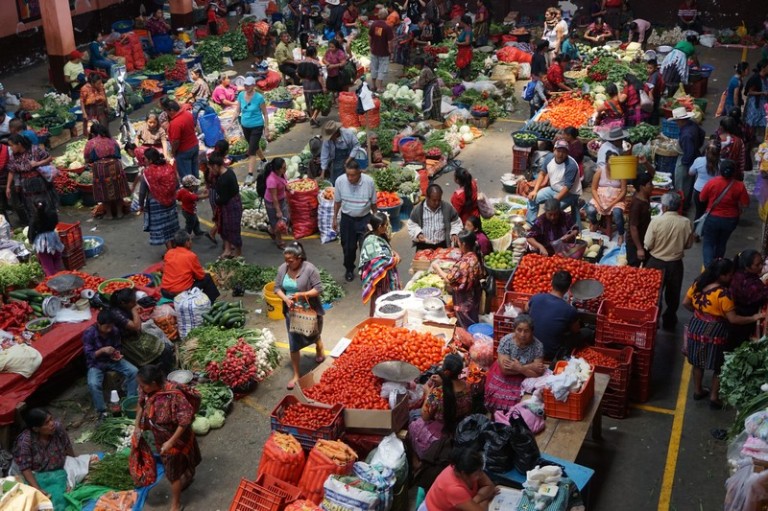
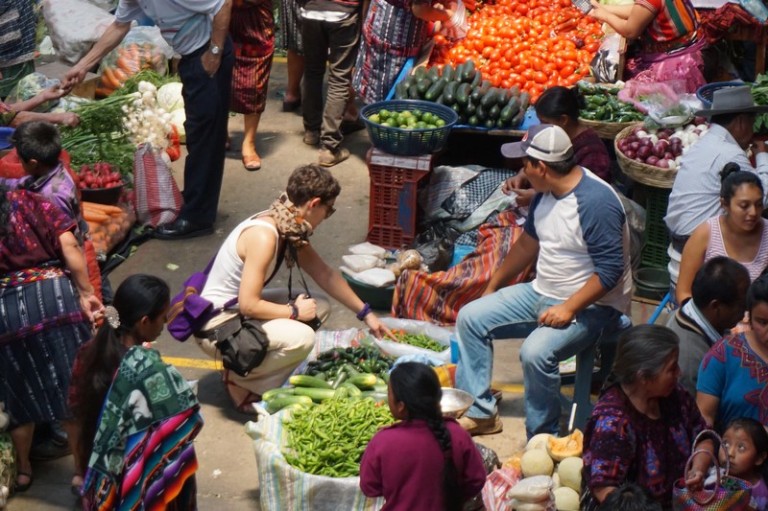
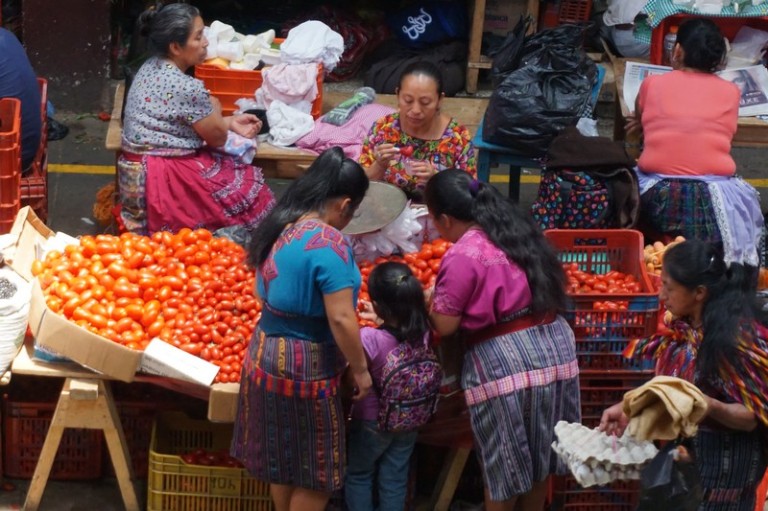
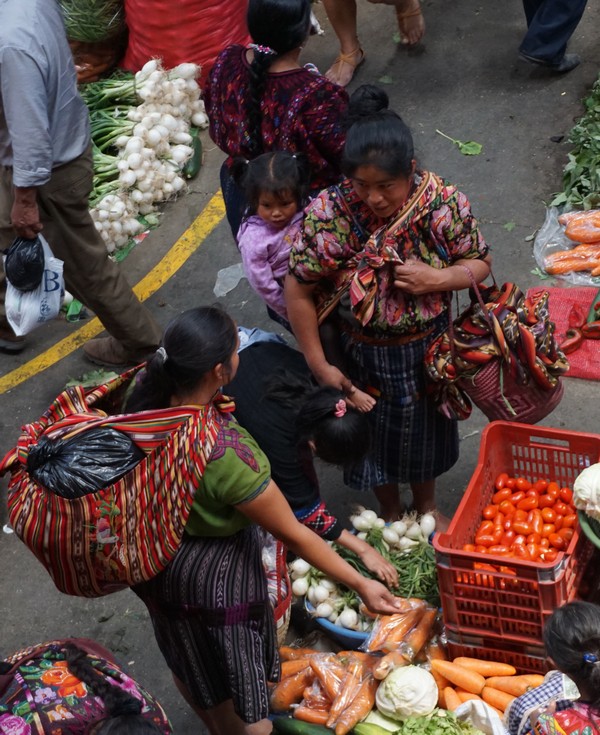
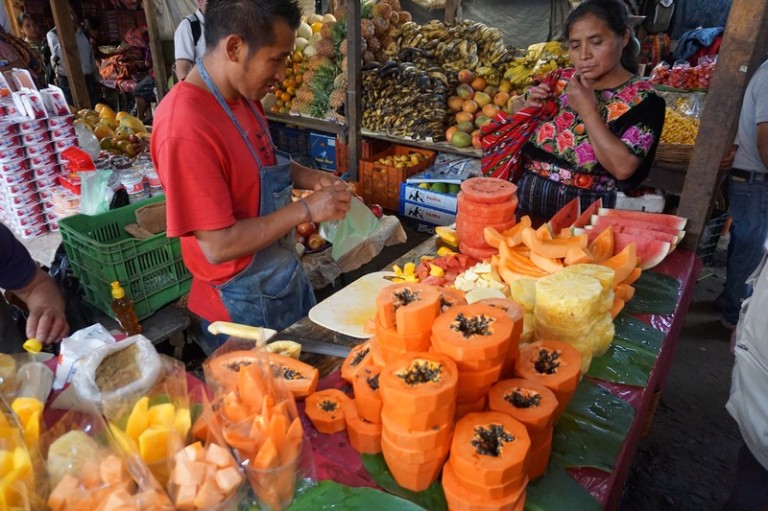
With the second more reasonable choice for parking arranged and the guide fee negotiated we ventured off into the market. In my former life with a small import business and a passion for textiles I would have been on a shopping spree with the best of them among these gorgeous selections. But I was reminded that our current status as home free was only achieved after a laborious process of downsizing so I took a pass on purchasing.

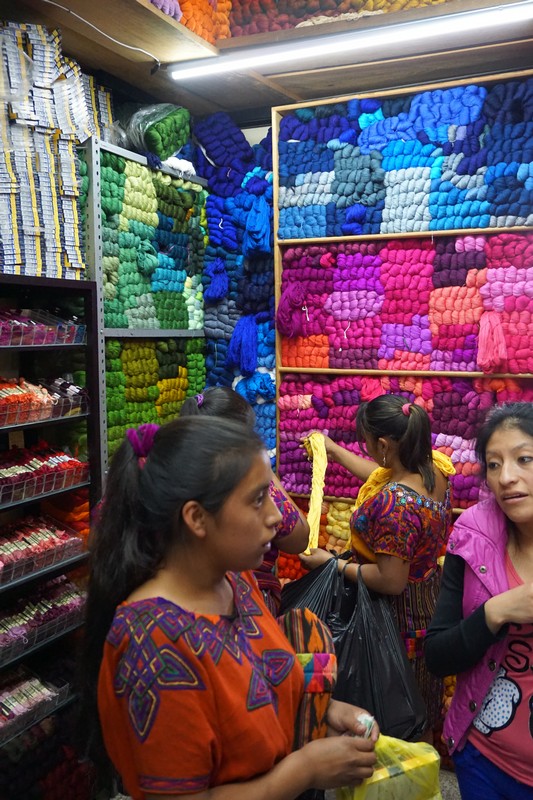
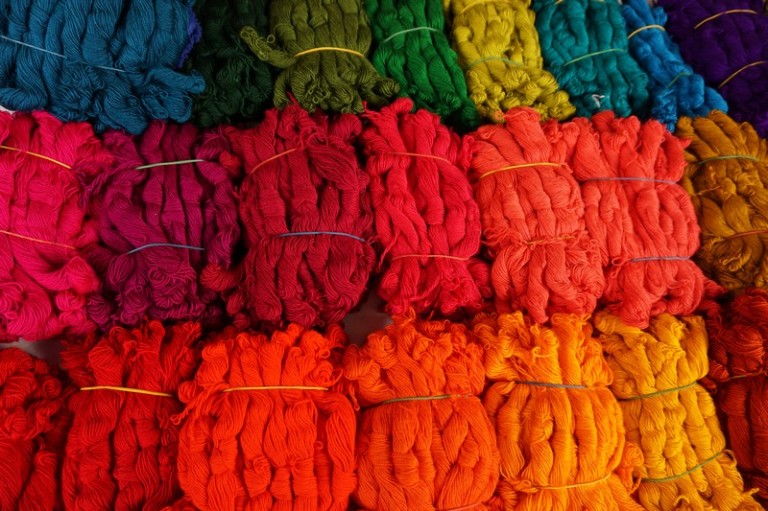

The highlights for us revolved around the shamanistic and ceremonial undertones of the Mashenos (citizens of Chichicastenango). They adhere to pre-Christian religious beliefs and ceremonies around the Iglesia de Santo Tomas and in the cemetery. The indigenous women from various villages are recognizable based on their manner of dress. Different types of woven skirts, sashes, blouses and tunics differentiate 333 villages in Guatemala for the trained eye and according to our guide, there are 22 different indigenous languages spoken.
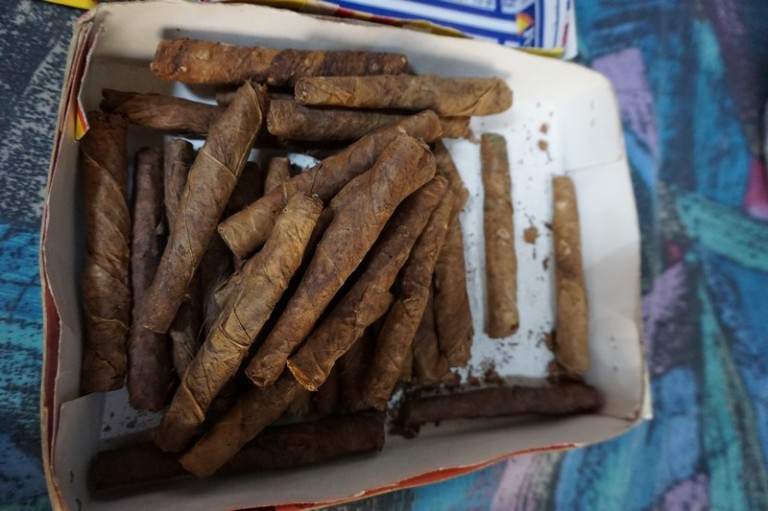
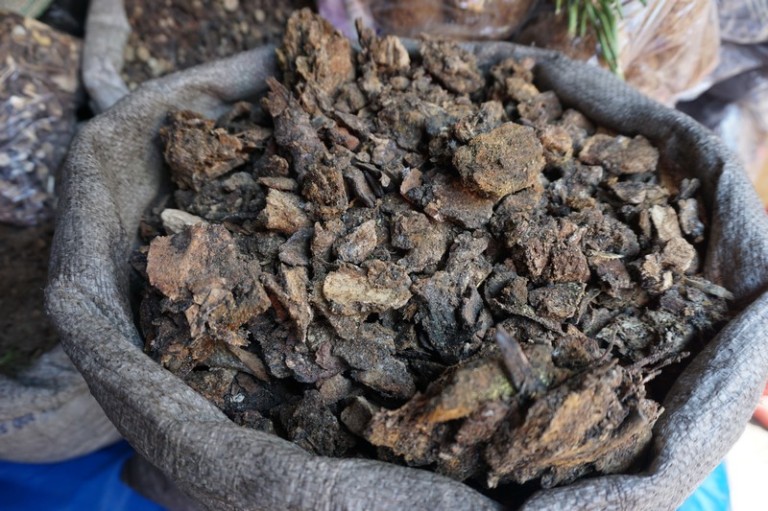
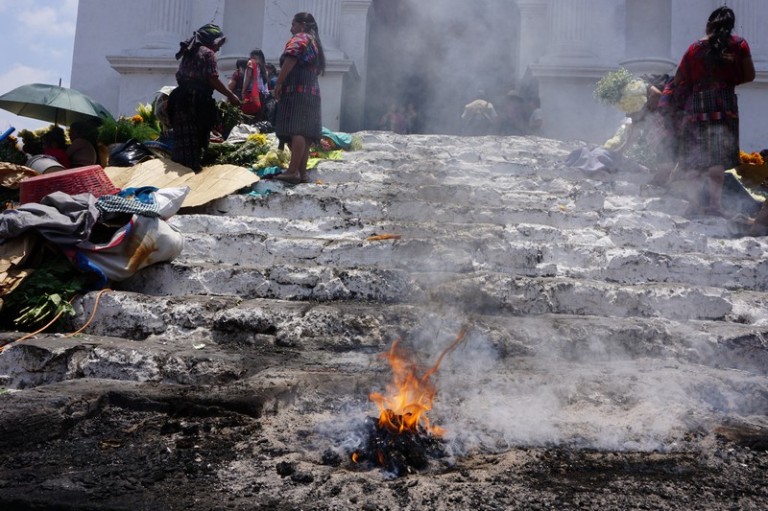
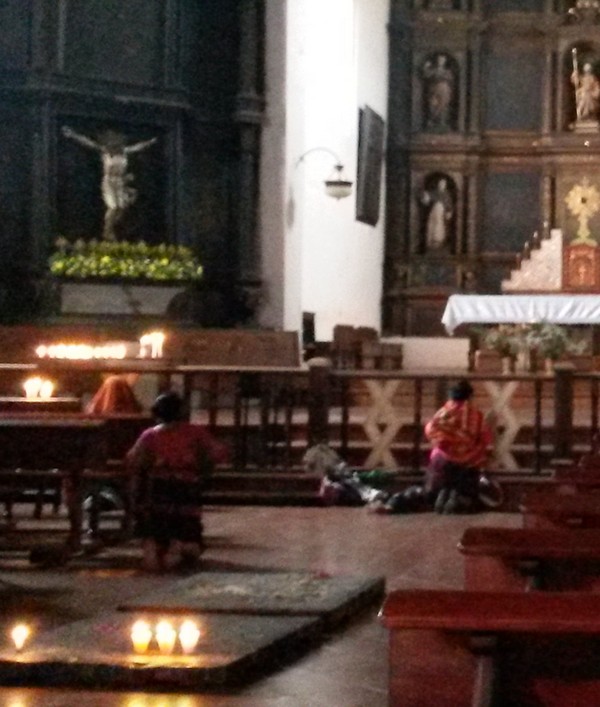
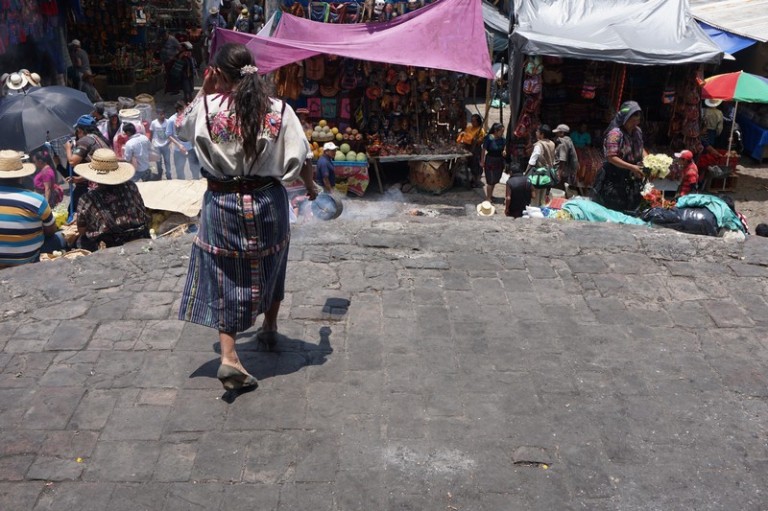
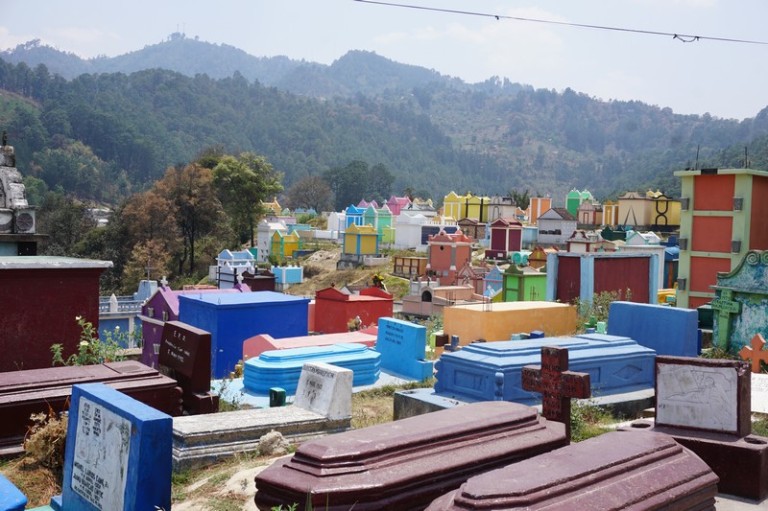

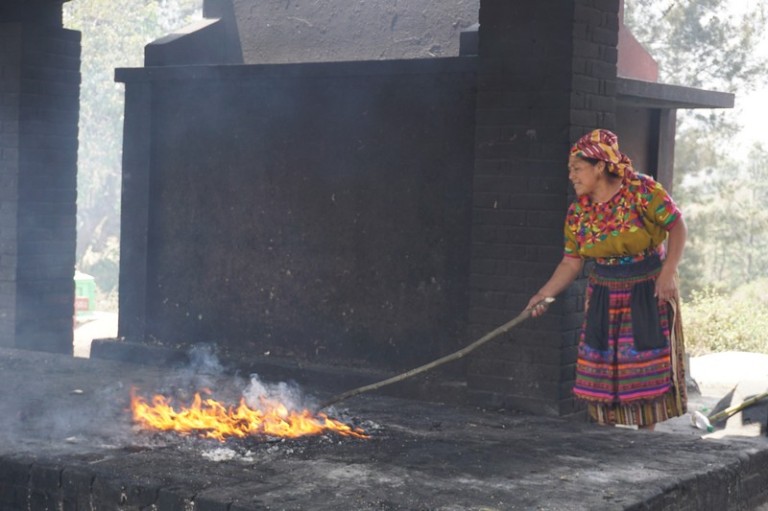


When we were in Cusco, Peru (on our way to Machu Picchu) we encountered Cathedrals that the Spanish had built over the indigenous temples they tore down. I think that activity was/is very common. Same thing that the Muslims did in India, building mosques over Buddhist temples they destroyed. Sort of like twisting the knife to try to destroy a culture and their beliefs.
I am really enjoying your trip.
LikeLike
John,
Great you’re with us! Yeah, the Spanish did a lot of that building cathedrals over Pre-Colombian monuments. They used to reuse the old cut stones in their new churches. Wait till we post Antigua though. An answer came to that practice!
Jay
LikeLike
Beautiful colors! That farmers market looks amazing. Be safe and enjoy Guatemala. XOXO
LikeLike
Caroline, The markets are all incredible.
LikeLike